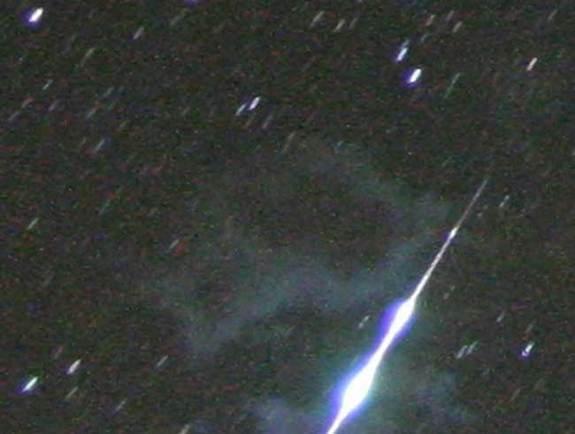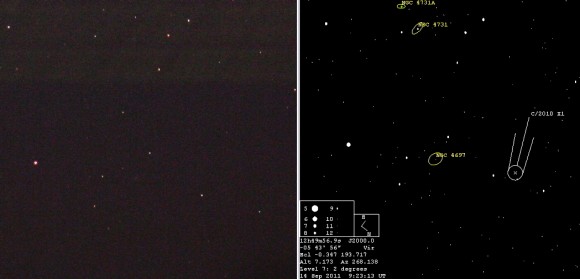
© Brian EmfingerBrian Emfinger photographed this early Perseid meteor shower fireball, with a smoke trail, from Ozark, Arkansas just after midnight on Sunday, July 26, 2009.
Mysterious booming sounds are occasionally heard on the North Carolina coast, often powerful enough to rattle windows and doors. They cannot be explained by thunderstorms or any manmade sources - their source is a mystery.
Such dins are not unique to North Carolina or the modern age. People living near Seneca Lake in upstate New York have long known of
similar booming sounds, which they called "Seneca guns." In coastal Belgium, they are known as "mistpouffers," or fog belches; in the Ganges delta and the Bay of Bengal, "Bansal guns;" in the Italian Apennines, "brontidi," or thunder-like; and by the Harami people of Shikoku, Japan, "yan."
"What's going on is an interesting challenge, whatever it might be," said seismologist David Hill, scientist emeritus at the U.S. Geological Survey office in Menlo Park, Calif.


